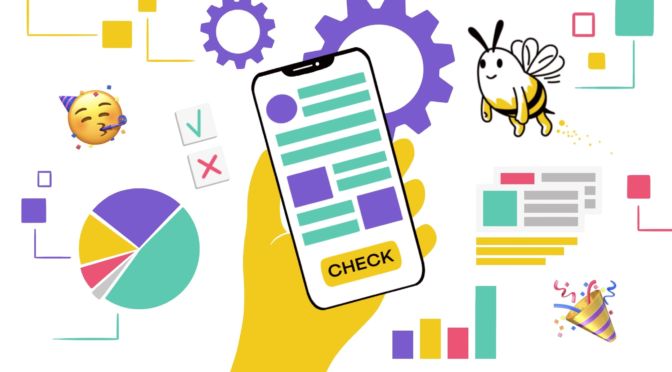Mobile testing in a mobile-first world is essential for producing high-quality, bug-free apps. Testing can be handled manually, however, the goal is to aim for efficient automated testing where possible. There are many benefits to mobile testing including better user experience, reduced cost of ownership, and happier customers.
Anyone can easily write tests for mobile apps without writing code. —Autify Mobile
Traditionally, in the mobile application testing world, you would rely on emulators or use frameworks like Appium or Selendroid for test automation. However, these tools still come with the same challenges as Selenium, since it is a derivative of the open-source tool. This means skilled engineers would have to “write” or “code” test scripts to execute test cases. At scale, maintenance can become an issue. There are easier options in the market. We’ll discuss them later on.
In this guide, we will focus on the best mobile testing tools, recommend best practices, offer the benefits of testing, and illustrate how to automate mobile testing. Let’s get started…
What is mobile testing?
Mobile testing is a methodology of testing mobile apps at various layers to ensure functionality, usability, and consistency.
Cindy Francês is the QA Manager at ArcTouch. The mobile app development firm has built mobile apps for brands such as CBS, HP, Audi, and Guess. Cindy shares her expertise stating, “Mobile testing is the process of defining and executing tests against a mobile application to make sure that when it comes to functionality and usability, it meets the defined requirements. These tests can include functional tests (what the app should do or must not do) and non-functional tests (how the app should do it, such as performance, load, and usability).”
“Mobile is easily the most used multimedia device today and the biggest channel to engage with your audience,” says Hiral Atha, CTO at Moveo Apps. He continues, “That is why anything before going live on mobile needs to be tested for flawless performance.”
Mobile has evolved. There are several types of mobile apps to consider testing. Those are native, hybrid, web, and progressive web apps (PWA.)
iOS and Android native apps are coded in their original platform binaries. These apps can access the full features of the mobile operating system.
Hybrid apps use both native elements and web elements. They are deployed inside a native container that uses a mobile web view. Hybrid apps offer the ability to build a native app, however, without all of the in-depth knowledge of coding to create the app.
Web apps are web-based applications. Therefore, the app is limited to the capabilities of the web browser. Progressive web apps are software delivered through the web using common web technologies including HTML, CSS, and JavaScript.






